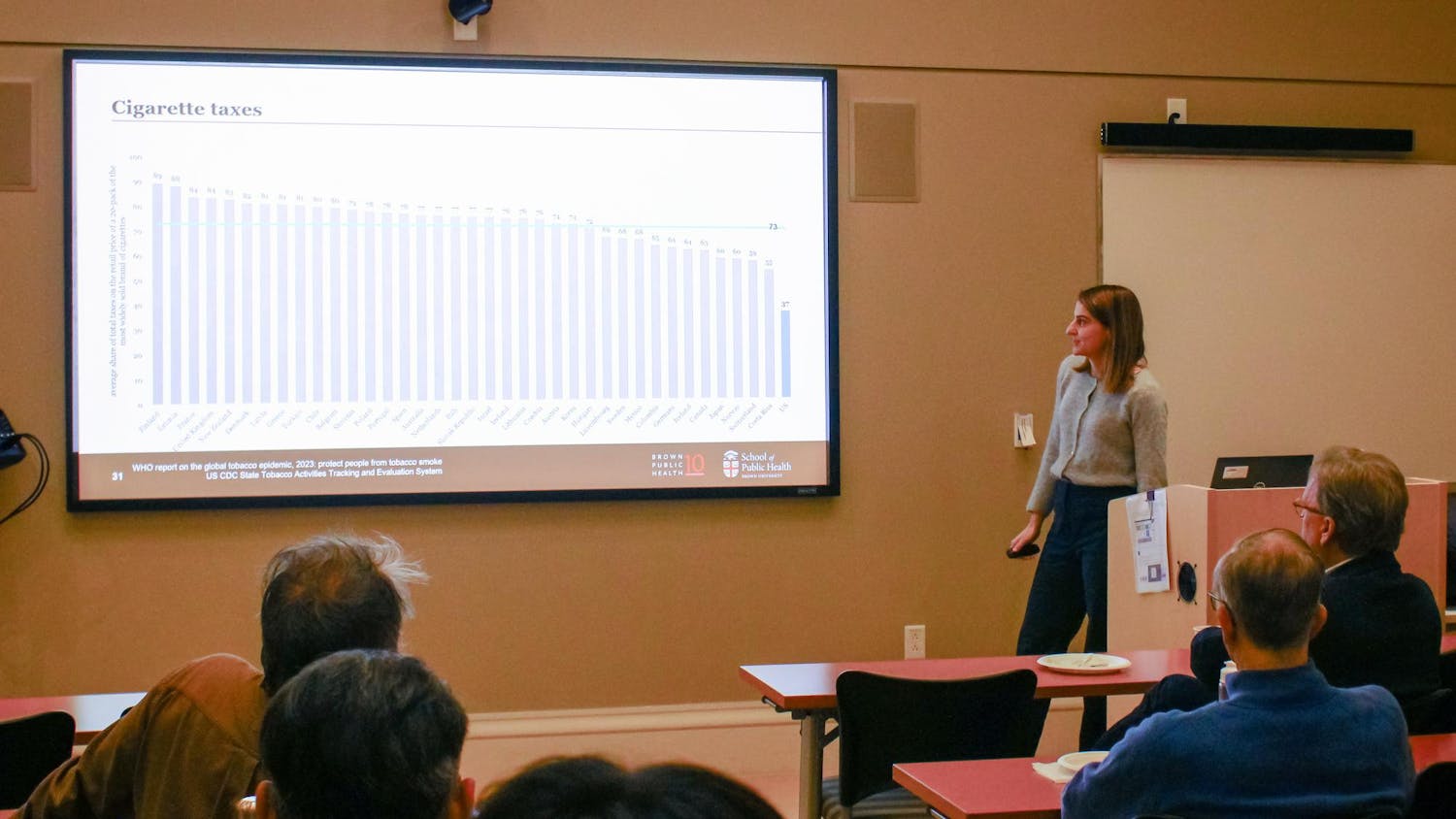The Galapagos Islands, one of the first marine reserves in the world and Charles Darwin’s famed site of revolutionary observation, recently housed University researchers looking to better understand biodiversity.
Over the last four years, a University research team found that a marine ecosystem grows and succeeds when the environment fosters high interaction among and survival of a range of creatures rather than just one species. As a result, biodiversity makes an ecosystem more likely to adapt and succeed in a changing and warming climate.
The team was led by Robert Lamb PhD ’19, alongside Jon Witman, Lamb’s advisor and University professor of biology, and Franz Smith, co-author on the study. Smith is currently continuing research in the Galapagos. Undergraduates, among others, assisted the team. The study was funded by a large number of organizations, including the National Science Foundation, the American Museum of Natural History and the Galapagos Conservancy.
Biodiversity is “essential to the existence and proper functioning of all ecosystems,” according to the Environmental Protection Agency. “Biodiversity is talked a lot about in the media — we know it’s important to maintain — but less about why,” Lamb said.
The study found that the productivity of a given ecosystem rises and falls as the result of the interaction between species diversity and environmental conditions. While diversity existed in the two locations, regardless of the water turbulence, the effect of an area’s diversity became most significant in areas that were neither extremely turbulent nor extremely calm.
Other experiments that have looked at biodiversity have done so in a controlled environment, such as in a tank in a lab. These isolated conditions are limited because they are not representative of what happens in the real world. This study removed this traditional limitation by experimenting in the environment to better model natural phenomena.
The team looked at two nearby areas — about 100 meters apart — in the Galapagos that differed in their extent of wave turbulence: one site with calm waters and one more turbulent. The researchers looked at the effect of wave turbulence on the frequency of foraging in fish and sea urchins. Both sea urchins and fish eat algae, but fish are mobile in highly turbulent waters and sea urchins are not very mobile in general.
To understand the foraging patterns of each creature in the two different wave conditions, the researchers manipulated the presence of fish or sea urchins by putting them in underwater cages. They then measured algal growth in each situation, which varied depending on the presence of fish or sea urchins and calm or turbulent water.
The researchers also used an Acoustic Doppler Velocimeter, which allowed them to measure the speed of water in each condition. The fish species had the most foraging success when they fed in water with wave flow speeds at 100 centimeters per second — speeds that parallel those of a hurricane. Urchins, on the other hand, were better able to feed in the calm water environments.
The researchers based their study on the “Environmental Stress Hypothesis,” an influential theoretical framework that was originally proposed in the 1970s. This hypothesis describes trends in regions with quickly changing environments such as deserts, which are extremely hot during the day and cold during the night. While the “Environmental Stress Hypothesis” focuses on varying environmental conditions, the University researchers factored the capabilities of the ecosystem’s living creatures into their analysis. “Our addition (to the Environmental Stress Hypothesis) is this contingency on the ability of the animal to move around,” Lamb said.
This research provides further evidence for the positive effects of biodiversity, especially as ecosystems are shaped by climate change. Witman, who has traveled to the Galapagos numerous times for research over the last 20 years, has observed that regardless of shifting climate, biodiversity remains key to the health of an ecosystem.
“I’m a cautious optimist. Scientific knowledge is power and we have to use that power,” Witman said. He encourages students not to view climate change as an insurmountable problem, but rather to take small positive actions that will aggregate to create larger, beneficial impacts on the environment.





